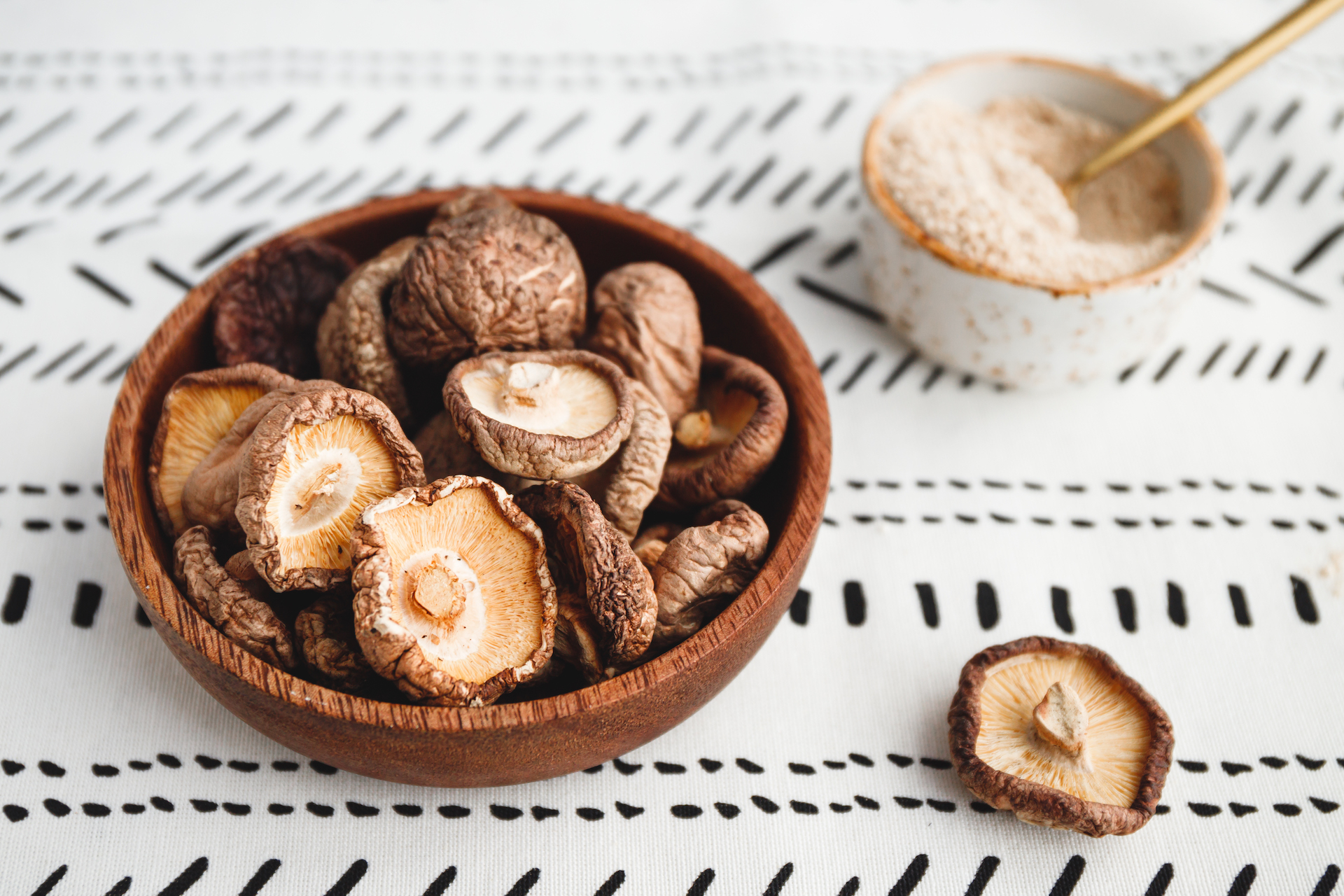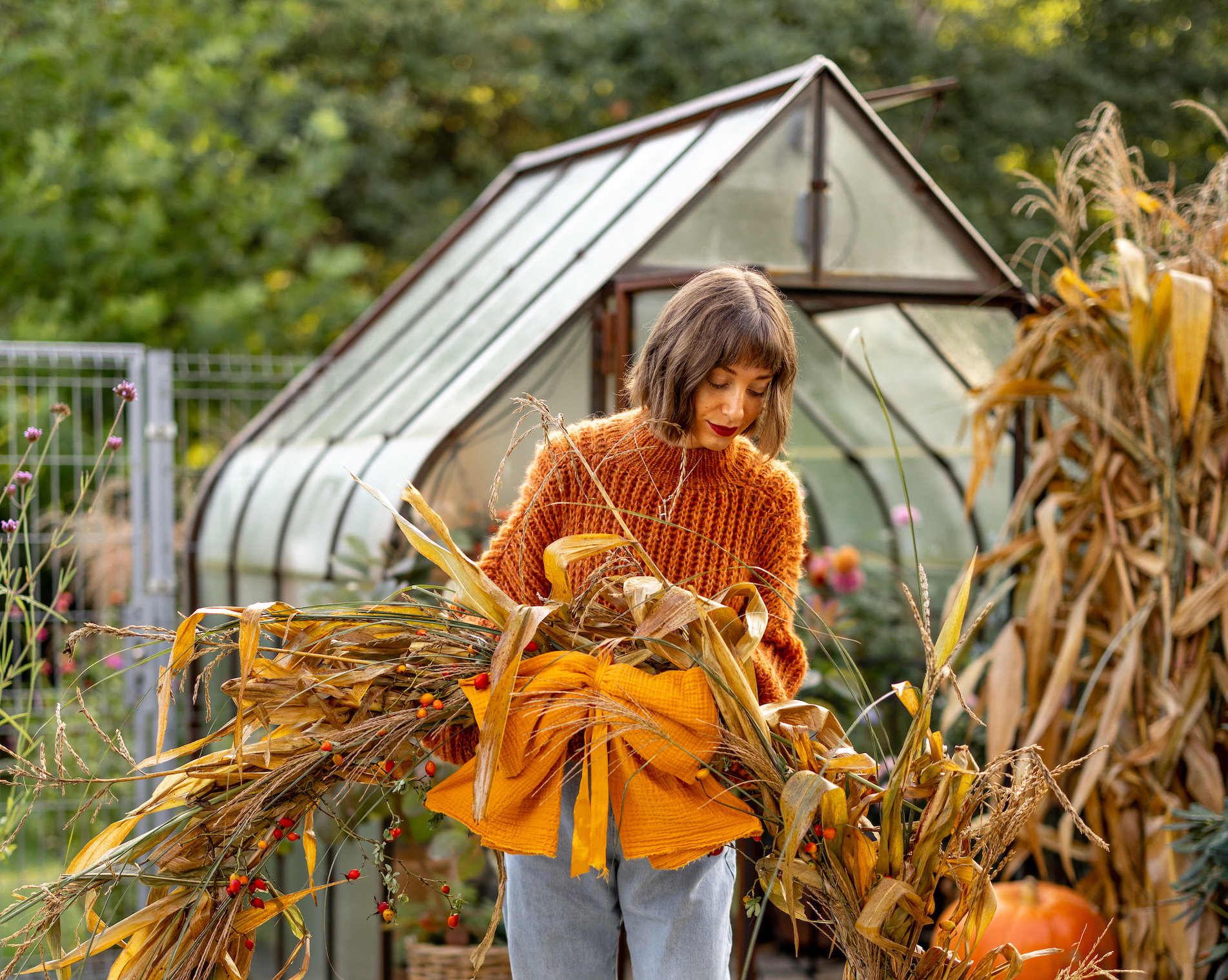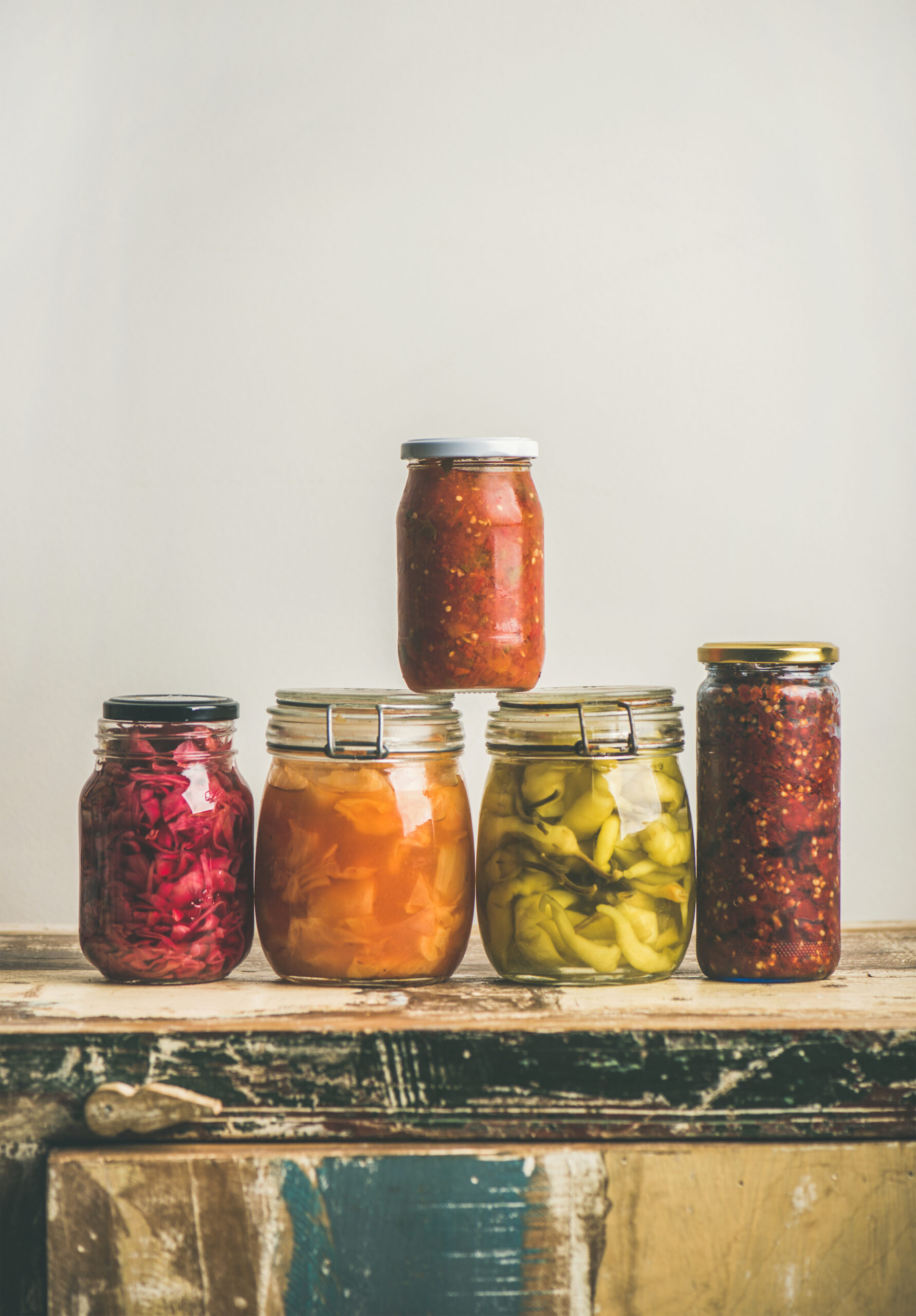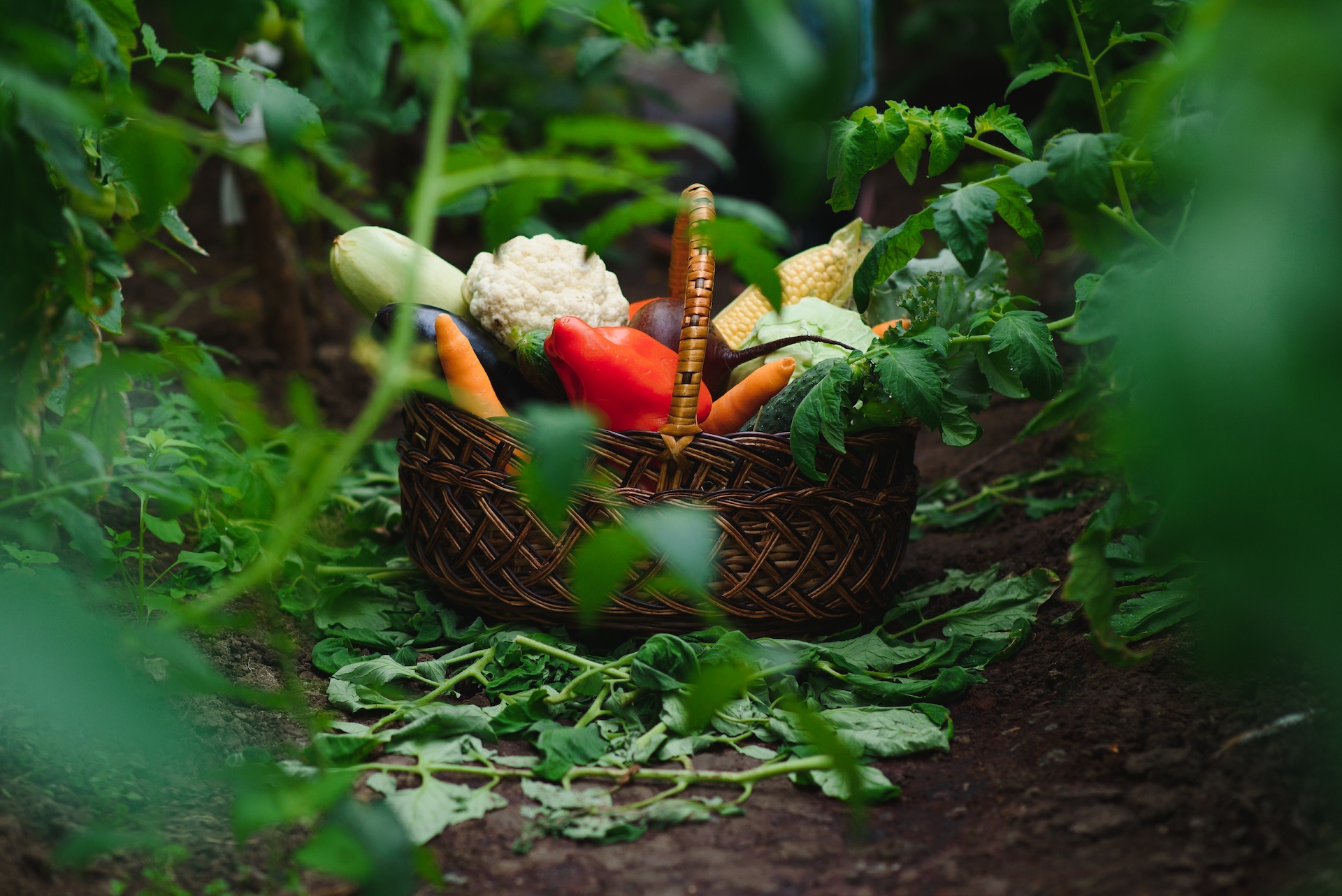Heat sustainably this autumn with regional energy sources like wood pellets and biomass! Reduce emissions and support the local economy. Learn how you can heat eco-friendly!
Continue readingGardening Together for a Better Environment and Sustainable Agriculture
Urban gardening and sustainable agriculture made easy! Learn how community gardens and eco-friendly methods can help you contribute to environmental conservation.
Continue readingAutumn Composting: How to Use Regional Waste
Renewable Energy for Winter: How to Upgrade Your Home Sustainably
Get your home winter-ready! Learn how to reduce heating costs and protect the environment with sustainable materials and renewable energy.
Continue readingMushrooms as Superfoods: How Regional Mushrooms from Austria Can Enrich Our Diets
Regional mushrooms like porcini and chanterelles are real superfoods. Discover how they enrich our diet and why they’re a more sustainable option than exotic alternatives.
Continue readingpro local Quiz September
Test your knowledge on the topic of sustainability and regionality. 10 questions await you in our monthly quiz.
Continue readingChallenges and New Opportunities for Wine Production in Austria
Rising temperatures and extreme weather events are creating new challenges for Austrian winemakers. Learn how they are adapting and what impact these changes have on the quality of the wines.
Continue readingSustainable Autumn Gardening: How to Prepare Your Garden for Winter
Autumn Canning: Sustainable Preservation Methods for Your Harvest
Discover sustainable methods for preserving your autumn harvest with these simple canning, fermenting, and pickling recipes. Start stocking your winter pantry now!
Continue readingVegetables and Fruits to Plant in Late Summer and Fall: What You Can Still Grow
Discover which vegetables and fruits you can still plant in late summer and fall to enjoy fresh harvests from your garden or balcony even during the cooler months.
Continue reading









